Bagnols-sur-Cèze
Bagnols-sur-Cèze (Occitan: Banhòus de Céser) is a commune in the Gard department in the Occitanie région in southern France.
Bagnols-sur-Cèze | |
|---|---|
The main square in Bagnols-sur-Cèze | |
.svg.png) Coat of arms | |
Location of Bagnols-sur-Cèze 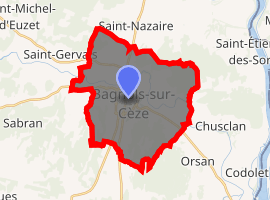
| |
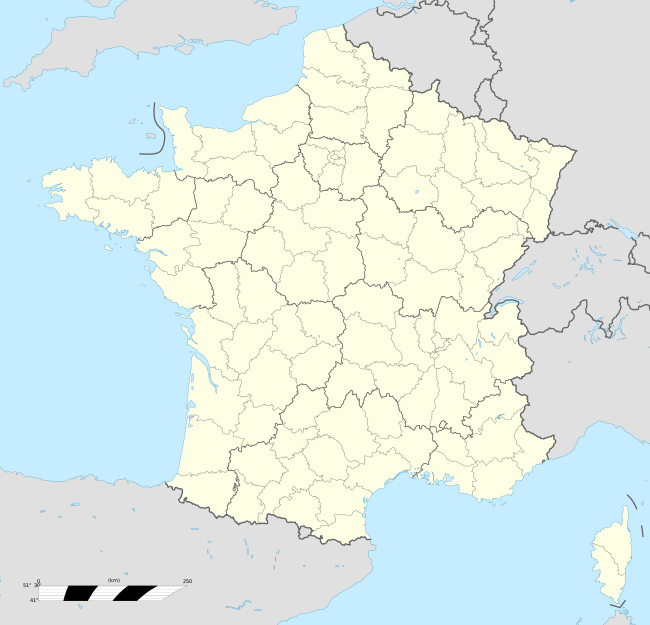 Bagnols-sur-Cèze 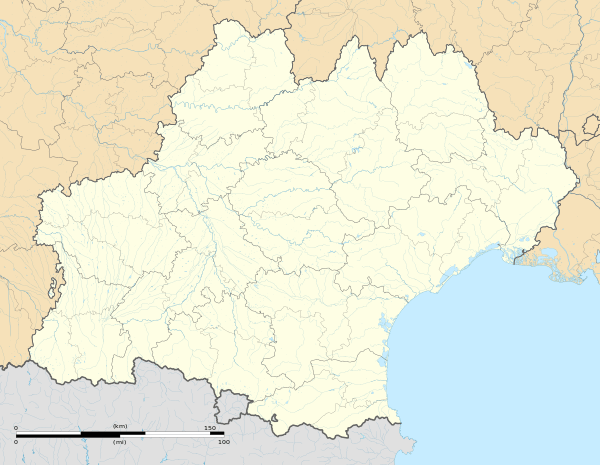 Bagnols-sur-Cèze | |
| Coordinates: 44°09′44″N 4°37′09″E | |
| Country | France |
| Region | Occitanie |
| Department | Gard |
| Arrondissement | Nîmes |
| Canton | Bagnols-sur-Cèze |
| Intercommunality | Rhône Cèze Languedoc |
| Government | |
| • Mayor (2010–2014) | Jean-Christian Rey |
| Area 1 | 31.37 km2 (12.11 sq mi) |
| Population (2017-01-01)[1] | 18,258 |
| • Density | 580/km2 (1,500/sq mi) |
| Time zone | UTC+01:00 (CET) |
| • Summer (DST) | UTC+02:00 (CEST) |
| INSEE/Postal code | 30028 /30200 |
| Elevation | 30–268 m (98–879 ft) (avg. 47 m or 154 ft) |
| 1 French Land Register data, which excludes lakes, ponds, glaciers > 1 km2 (0.386 sq mi or 247 acres) and river estuaries. | |
History
A small regional center, Bagnols-sur-Cèze was quite certainly a Roman town (the name of the town comes from the Latin balnearius meaning baths) before the main part was built in the 13th century around a central arcaded square that is still preserved today. At the same period, the regional market was installed here, undoubtedly contributing to its expansion.
Population
| Year | Pop. | ±% |
|---|---|---|
| 1793 | 4,800 | — |
| 1800 | 4,888 | +1.8% |
| 1806 | 4,994 | +2.2% |
| 1821 | 4,921 | −1.5% |
| 1831 | 4,902 | −0.4% |
| 1836 | 4,847 | −1.1% |
| 1841 | 4,090 | −15.6% |
| 1846 | 4,827 | +18.0% |
| 1851 | 4,780 | −1.0% |
| 1856 | 4,870 | +1.9% |
| 1861 | 5,050 | +3.7% |
| 1866 | 5,184 | +2.7% |
| 1872 | 4,876 | −5.9% |
| 1876 | 4,930 | +1.1% |
| 1881 | 4,666 | −5.4% |
| 1886 | 4,458 | −4.5% |
| 1891 | 4,454 | −0.1% |
| 1896 | 4,500 | +1.0% |
| 1901 | 4,461 | −0.9% |
| 1906 | 4,582 | +2.7% |
| 1911 | 4,445 | −3.0% |
| 1921 | 3,918 | −11.9% |
| 1926 | 4,450 | +13.6% |
| 1931 | 4,481 | +0.7% |
| 1936 | 4,669 | +4.2% |
| 1946 | 5,211 | +11.6% |
| 1954 | 5,546 | +6.4% |
| 1962 | 12,905 | +132.7% |
| 1968 | 16,468 | +27.6% |
| 1975 | 17,534 | +6.5% |
| 1982 | 17,602 | +0.4% |
| 1990 | 17,872 | +1.5% |
| 1999 | 18,103 | +1.3% |
| 2008 | 18,506 | +2.2% |
| 2012 | 18,375 | −0.7% |
Bagnols-sur-Ceze expanded steadily after the Marcoule nuclear center was created in 1956.
Sights
The old center of Bagnols-sur-Cèze retains its historic feel, with small streets and largely preserved architecture. Several façades are remarkable. The towns contains a notable museum of contemporary art, the Musée Albert-André, founded in 1868 as well as an archaeological museum with a collection of artifacts found mainly in nearby Roman sites.
The shoegaze music band named Alcest is from this city.
There are several murals featuring optical illusions.[2]
International relations
Twin towns – sister cities
Bagnols-sur-Cèze is twinned with:[3]


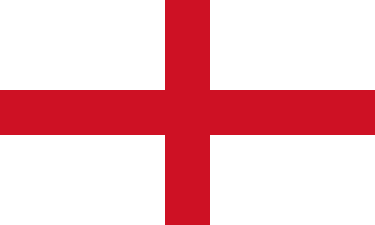
.svg.png)
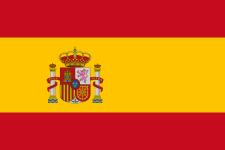

Notable people
- Albéric Pont (1870-1960), dentist and pioneer in maxillofacial surgery
- Lionel Pérez (born 1967), goalkeeper
- Neige (born 1986), blackgaze musician
Albert André, art collector of late 19th century art, who bequeathed his magnificent collection to the town of Bagnols-sur-Cèze, where it resides in the Mairie, as the Musée Albert André
References
- "Populations légales 2017". INSEE. Retrieved 6 January 2020.
- "Bagnols-sur-Cèze Trompe-l-Oeils visit, photos, travel info and hotels, by Provence Beyond". www.beyond.fr. Retrieved 2020-03-23.
- "Villes jumelles". bagnolssurceze.fr (in French). Bagnols-sur-Cèze. Retrieved 2019-11-21.